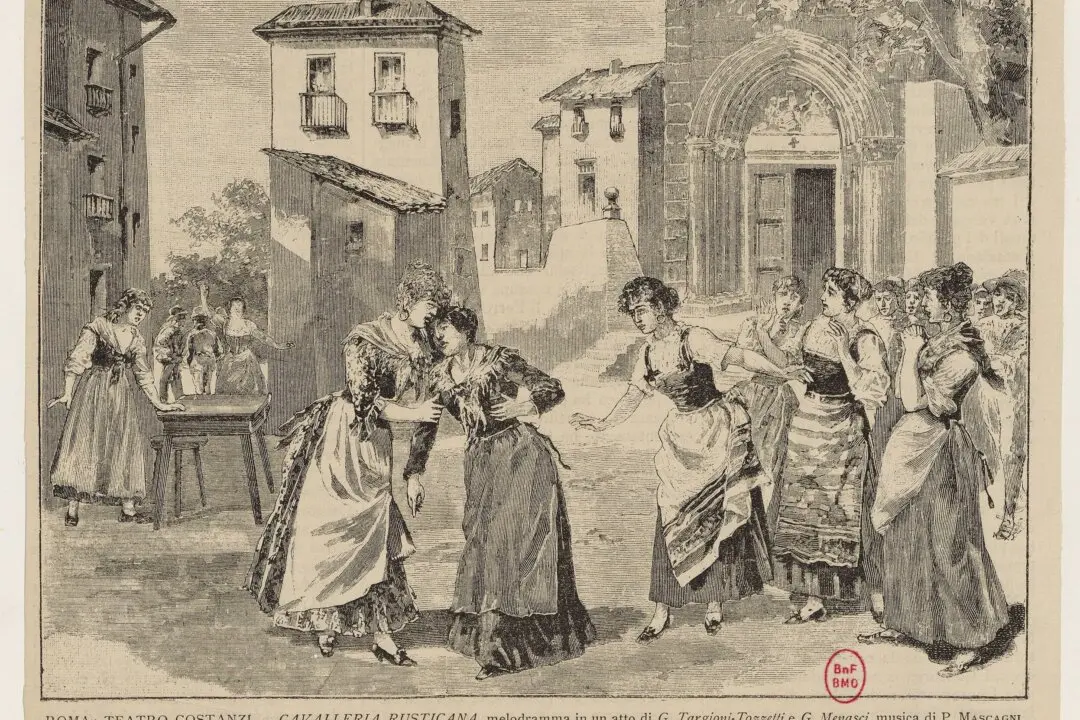Consider these two sets of English words:
“My cat Gracie has thick gray fur and a cold wet nose.”
“Gracie fur My thick has cold and nose gray cat a wet.”
The first group is a standard sentence conveying information about a cat with thick gray hair named “Gracie” who belongs to me and has a cold wet nose. The individual words in the second set are the same as those in the first, but they have been deliberately reordered to create zero syntactical sense. Faced with these 12 words, any reader attempting to construe meaning will fail. Does “Gracie” refer to the words immediately following: “fur My”? If so, in what way? How to imagine “thick has cold and”? And what is a “cat a wet”? The reader may courageously try to parse out meaning from this jumble but will likely give up after gaining no more than a vague impression of fur and thickness and a cat who is wet and might have a cold. He will quickly move on in search of words that, when put together, convey more exact meaning.Imagine an entire school of English that demanded words be treated in the manner of the second, syntax-defying set, and you will have an idea of what happened to Classical music in the middle of the 20th century.






